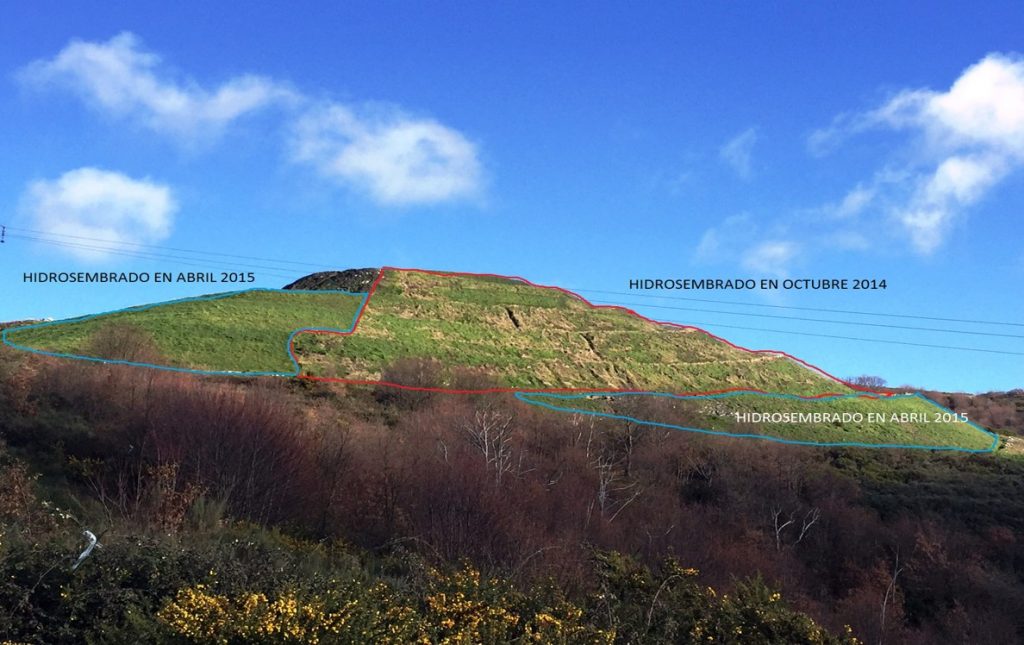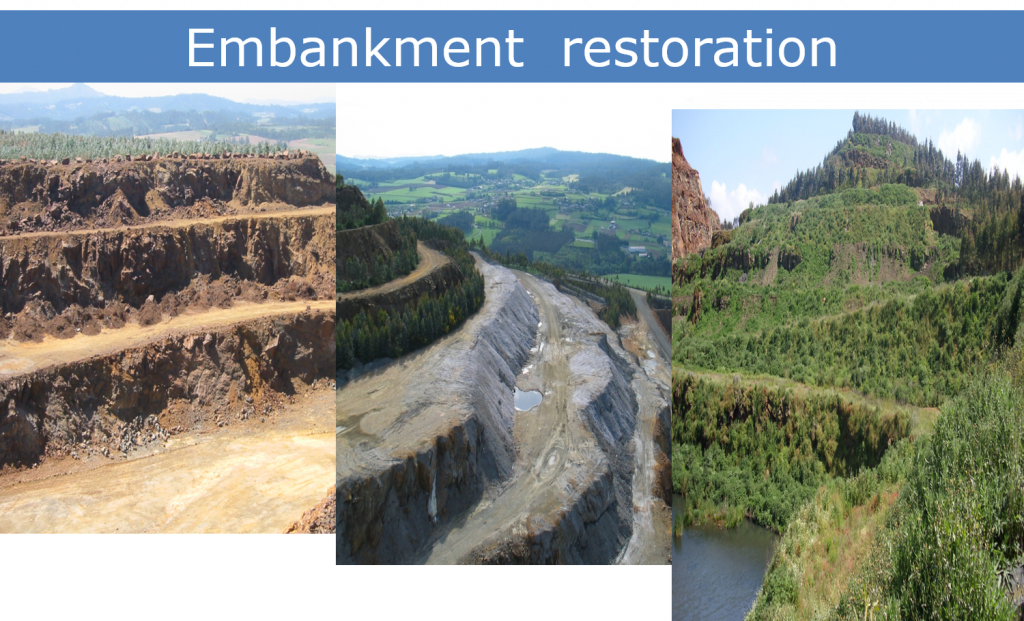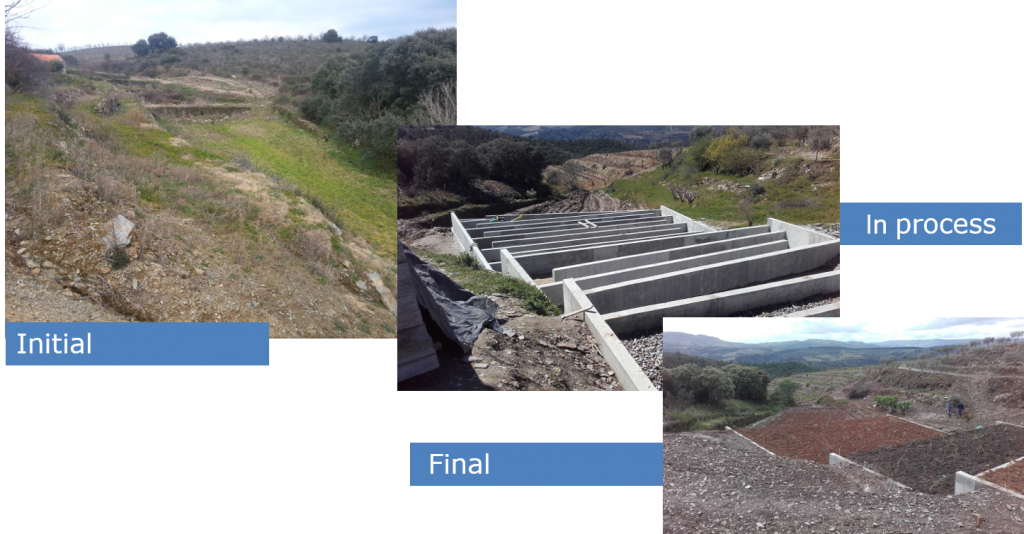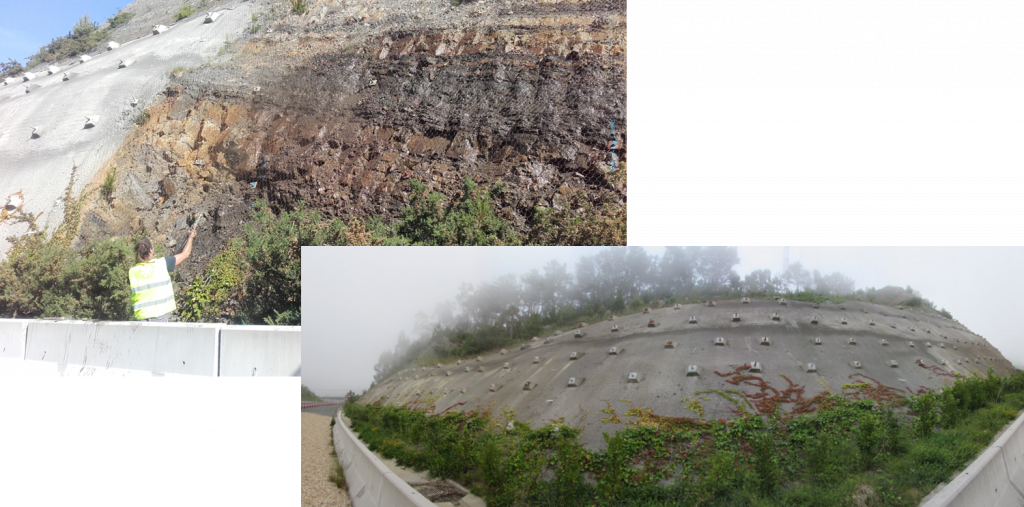Description
Our target is focused in the production of soils from organic and inorganic residues, to be used in soil and water decontamination. The idea is based in how natural soils works: filtering, adsorbing and absorbing substances, to produce plants and other ways of living, a natural ecosystem. Natural soils are made by nature from rocks, decomposed during millions of years. As we used residues as main input we reduce this period of time to six or even less months.
These soils can be used as filters to clean water with high levels of organic matter or contaminants, or decontaminate soils from public works or mining.
This system is more effective and efficient than any other method for decontaminate soil and water.

Added value
- We use as unique input, different residues, without energy or other input. Using residues, we contribute to the reduction of waste treatment. We sequester at the same time carbon in a resilient matter, in form of humus, like any other natural soil, reducing CO2 and methane emissions, or any other polluting carbon combinate.
- Our soils are partly made using sewage sludges, (around 35% of total inputs). To cover a tailing we use 3,000 tonnes per hectare (Tm/ha). As a consequence, we use approximately 1,050 Tm of sludge to cover a hectare. If we consider that managing one tonne of sludges costs in Europe around 30 Euros, we are saving 30,000 Euros with the coverage of one tailing hectare.
- We are working nowadays in a project that measures carbon capture with our technologies, compared with the conventional ones, in the particular case of mine closures.
Challenges
- The big issue is regulatory one. Use of residues as inputs today, it is not completely regulated under EU legislation, as the end of waste concept is still in the air.
Partners
Universities


